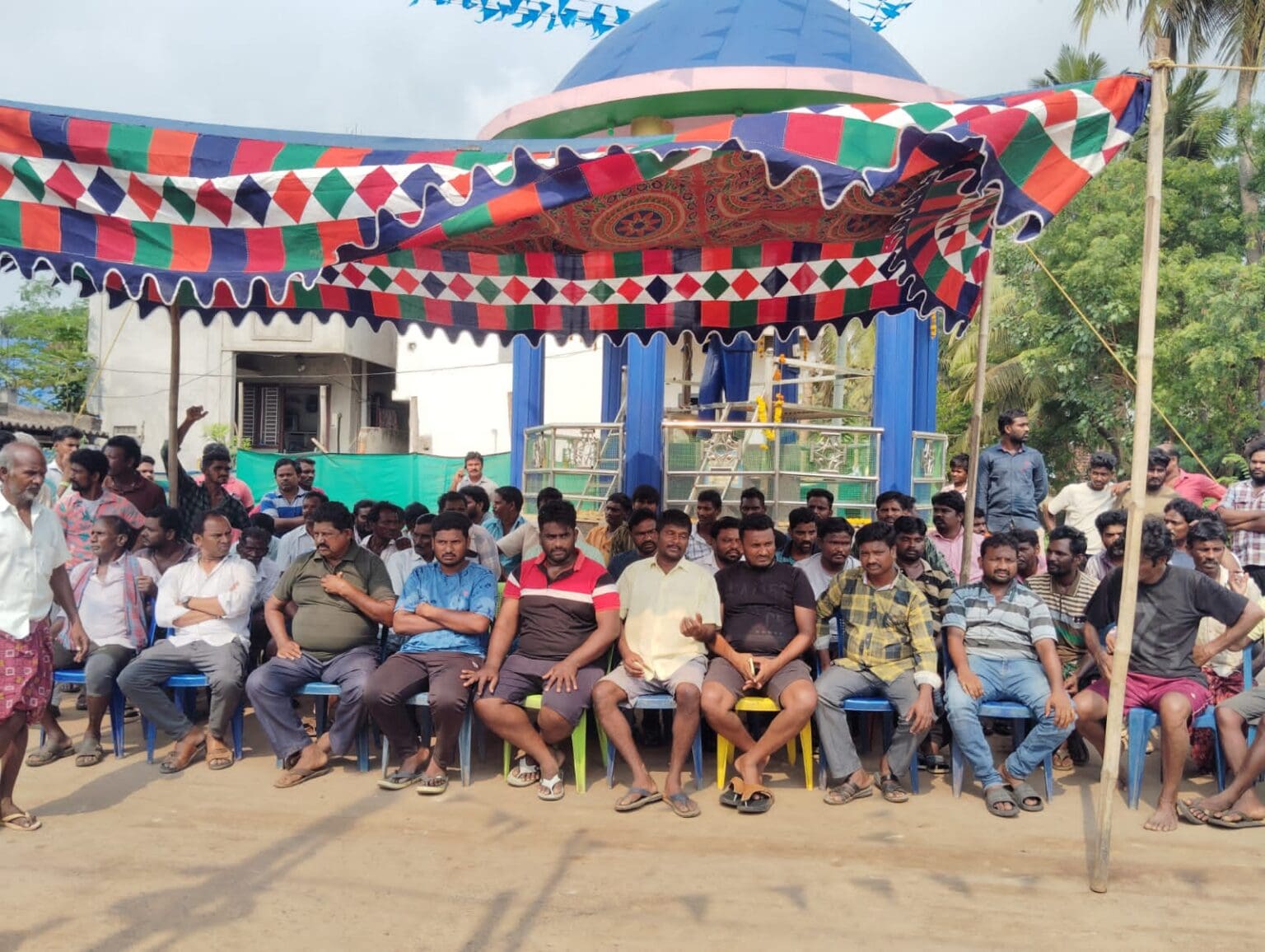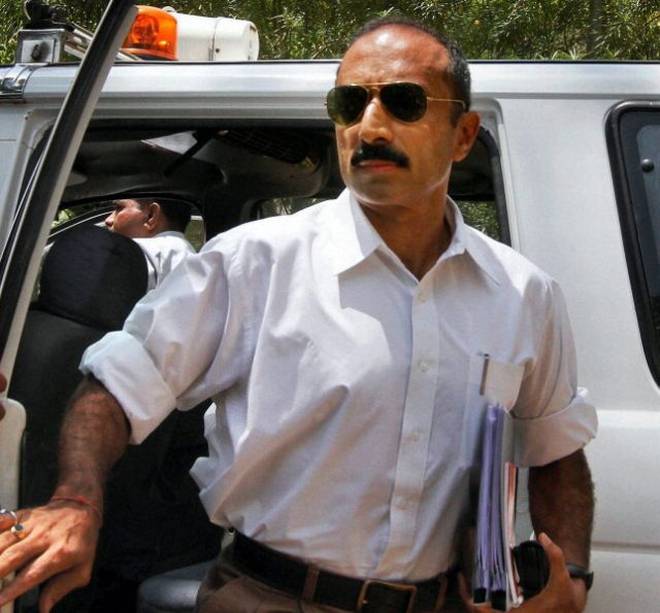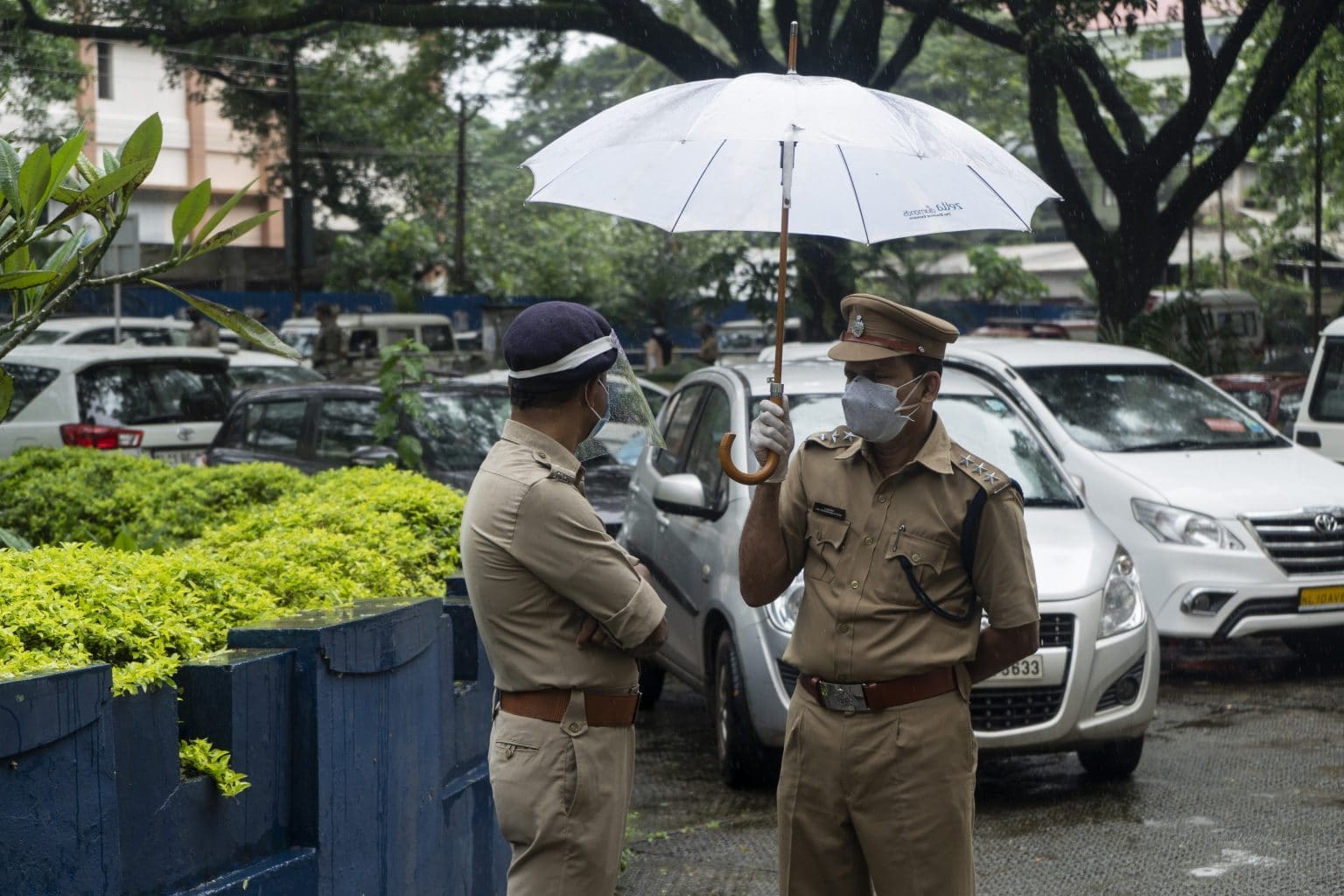By Karen Hao
Myanmar, March 2021.
A month after the fall of the democratic government.
One year after that rollout, legitimate publishers accounted for only two of the top 10 publishers on Facebook in Myanmar. By 2018, they accounted for zero. All the engagement had instead gone to fake news and clickbait websites. In a country where Facebook is synonymous with the internet, the low-grade content overwhelmed other information sources.
It was during this rapid degradation of Myanmar’s digital environment that a militant group of Rohingya—a predominantly Muslim ethnic minority—attacked and killed a dozen members of the security forces, in August of 2017. As police and military began to crack down on the Rohingya and push out anti-Muslim propaganda, fake news articles capitalizing on the sentiment went viral. They claimed that Muslims were armed, that they were gathering in mobs 1,000 strong, that they were around the corner coming to kill you.
It’s still not clear today whether the fake news came primarily from political actors or from financially motivated ones. But either way, the sheer volume of fake news and clickbait acted like fuel on the flames of already dangerously high ethnic and religious tensions. It shifted public opinion and escalated the conflict, which ultimately led to the death of 10,000 Rohingya, by conservative estimates, and the displacement of 700,000 more.
In 2018, a United Nations investigation determined that the violence against the Rohingya constituted a genocide and that Facebook had played a “determining role” in the atrocities. Months later, Facebook admitted it hadn’t done enough “to help prevent our platform from being used to foment division and incite offline violence.”
Over the last few weeks, the revelations from the Facebook Papers, a collection of internal documents provided to Congress and a consortium of news organizations by whistleblower Frances Haugen, have reaffirmed what civil society groups have been saying for years: Facebook’s algorithmic amplification of inflammatory content, combined with its failure to prioritize content moderation outside the US and Europe, has fueled the spread of hate speech and misinformation, dangerously destabilizing countries around the world.
But there’s a crucial piece missing from the story. Facebook isn’t just amplifying misinformation.
The company is also funding it.
An MIT Technology Review investigation, based on expert interviews, data analyses, and documents that were not included in the Facebook Papers, has found that Facebook and Google are paying millions of ad dollars to bankroll clickbait actors, fueling the deterioration of information ecosystems around the world.
The anatomy of a clickbait farm
Facebook launched its Instant Articles program in 2015 with a handful of US and European publishers. The company billed the program as a way to improve article load times and create a slicker user experience.
That was the public sell. But the move also conveniently captured advertising dollars from Google. Before Instant Articles, articles posted on Facebook would redirect to a browser, where they’d open up on the publisher’s own website. The ad provider, usually Google, would then cash in on any ad views or clicks. With the new scheme, articles would open up directly within the Facebook app, and Facebook would own the ad space. If a participating publisher had also opted in to monetizing with Facebook’s advertising network, called Audience Network, Facebook could insert ads into the publisher’s stories and take a 30% cut of the revenue.
Instant Articles quickly fell out of favor with its original cohort of big mainstream publishers. For them, the payouts weren’t high enough compared with other available forms of monetization. But that was not true for publishers in the Global South, which Facebook began accepting into the program in 2016. In 2018, the company reported paying out $1.5 billion to publishers and app developers (who can also participate in Audience Network). By 2019, that figure had reached multiple billions.
Early on, Facebook performed little quality control on the types of publishers joining the program. The platform’s design also didn’t sufficiently penalize users for posting identical content across Facebook pages—in fact, it rewarded the behavior. Posting the same article on multiple pages could as much as double the number of users who clicked on it and generated ad revenue.
Clickbait farms around the world seized on this flaw as a strategy—one they still use today.
This story first appeared on technologyreview.com







